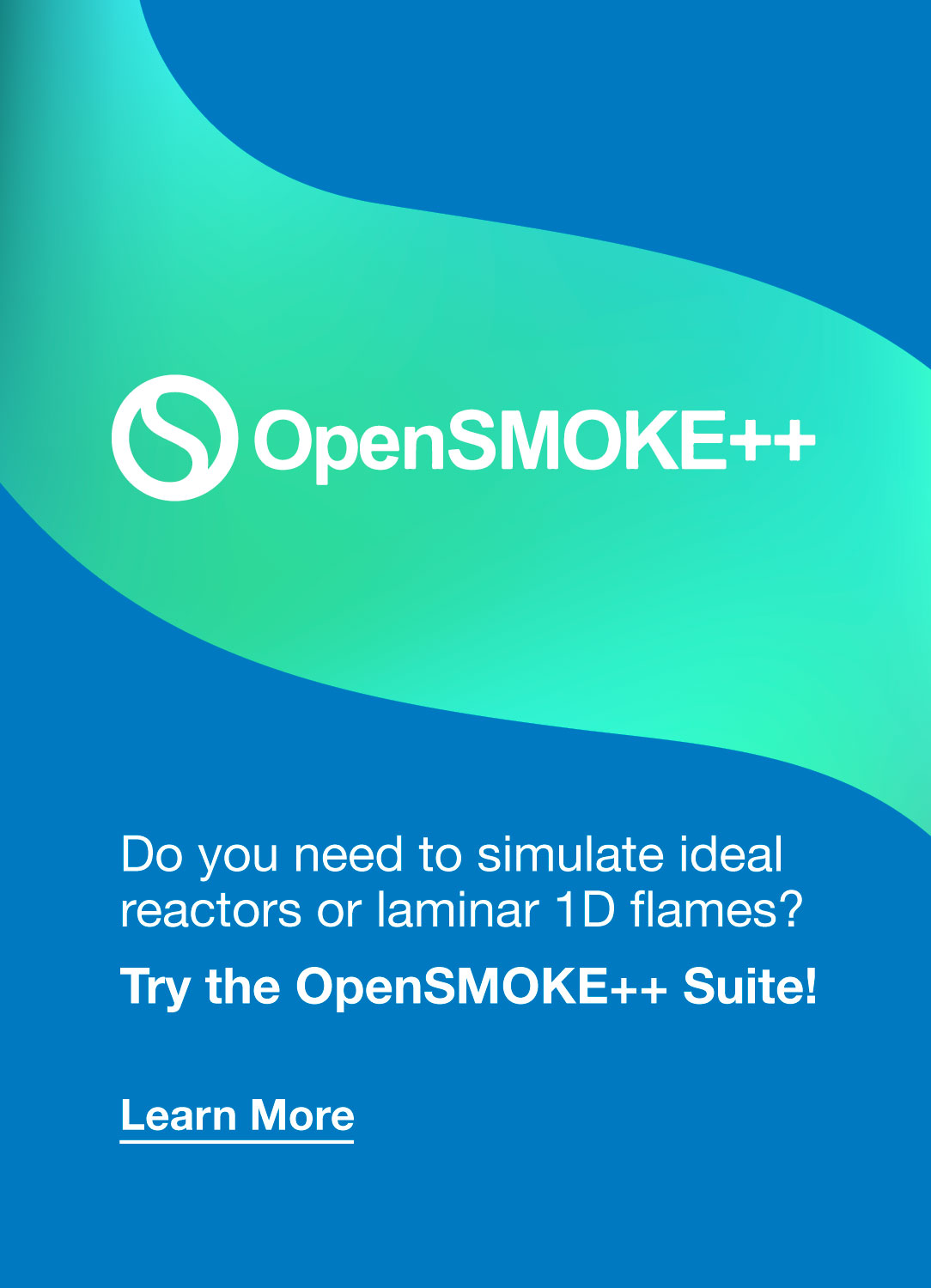CVI for reactors for carbon disk brakes
- Homepage
- WORK WITH US
- Master Thesis
- CVI for reactors for carbon disk brakes
Numerical modeling of Chemical Vapor Infiltration (CVI) reactors for carbon disk brakes production
Context and Objectives
Chemical Vapor Infiltration (CVI) is the one of the leading techniques for producing carbon/carbon (C/C) composite materials, such as carbon disk brakes for aircraft or high-performance vehicles. In CVI, highly porous preforms are placed in a reactor which is heated by surrounding electrical resistors. A gaseous medium (mainly composed of light paraffins) flows around the preforms and, thanks to the high temperatures, pyrolyzes. The decomposition products infiltrate the porous preforms, where heterogeneous reactions take place in the pores of the solid substrate, leading to the deposition of graphitic carbon. The present project aims at developing new, innovative reactor concepts (in terms of geometry and conduction of the operations) for producing carbon disk brakes, able to ensure a better densification process, with higher quality of the final disks and reduced densification times.
Methods and Tools
The modelling of the CVI process will be based on the solution of transport equations of mass, momentum, species and energy in the gaseous phase using open-source frameworks (primarily OpenFOAM) and in-house libraries (such as OpenSMOKE++) in order to ensure the maximum level of flexibility and customization of solution algorithms. The densification process, i.e. the infiltration of pyrolytic gaseous products inside the preform pores and the subsequent deposition of graphitic carbon, will be modelled via transport equations of mass, momentum, species and energy in a porous material with properties evolving in time. Detailed kinetic mechanisms (including dozens of species and hundreds of reactions) will be considered in the resulting models, in order to ensure the highest level of accuracy of numerical simulations and reduce as much as possible the adoption of tuning parameters, derived from experimental observation.
Contacts



